
Embarking on a storm-chasing tour is an exhilarating way to experience nature’s most dramatic displays up close. If you’ve ever wondered what it’s like to follow tornadoes and severe storms across Tornado Alley, here’s a glimpse into a typical day in the life of a storm chaser.
Your day starts early, typically before sunrise. The weather team gathers to review the latest meteorological data and forecasts. Advanced technology, including weather radar and satellite imagery, helps predict where storms are likely to form. The guides discuss the day’s plan, determining the best routes and potential storm targets based on real-time information.
Once the plan is set, you’ll gather for a briefing. This includes an overview of the day’s itinerary, safety protocols, and what to expect. Safety is paramount in storm chasing, so you’ll be informed about the best practices for staying safe while observing severe weather.
With the plan in place, the group sets off in specially equipped vehicles designed for storm chasing. These vehicles are built to handle rough terrain and feature advanced tracking equipment. As you travel through Tornado Alley—covering states like Oklahoma, Kansas, and Texas—you’ll witness the stunning landscapes of the Great Plains, from rolling hills to vast prairies.
During the drive, the team remains in constant communication with meteorologists and uses mobile radar to track developing storms. The anticipation builds as you approach areas where storms are expected to form.
As storms begin to develop, the team navigates to the best vantage points. Storm chasing vehicles are equipped with technology to provide live updates on storm conditions, allowing you to track tornadoes and severe weather with precision.
The sight of a storm on the horizon is both awe-inspiring and humbling. You might see towering cumulonimbus clouds, intense lightning, or even the formation of a tornado. This is where the real excitement happens—witnessing nature’s power in its rawest form.
Between storm observations, the guides offer insights into storm formation, tornado behavior, and the science behind severe weather. This educational component enriches your experience, providing context and deepening your understanding of the forces you’re witnessing.
You’ll have opportunities to ask questions, take photographs, and reflect on the day’s events. The guides are eager to share their knowledge and experiences, making your adventure both thrilling and informative.


Evening: Returning and Relaxing
As the day winds down, the team heads back to your accommodation. After a day filled with excitement and intense weather observation, you’ll retreat to comfortable lodgings in nearby towns or cities. The hotels are selected for their comfort and convenience, ensuring you have a restful environment to relax and recharge.
Over dinner, the group may gather to discuss the day’s events and review photos and videos. It’s a chance to share experiences, relive highlights, and bond with fellow storm chasers.
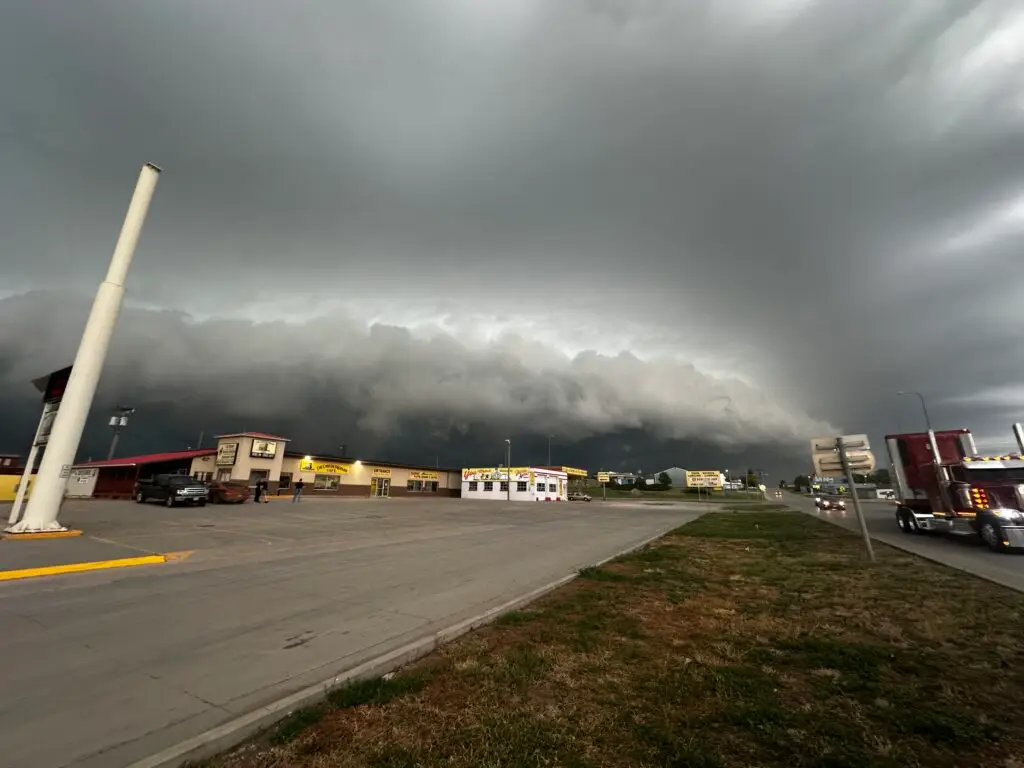
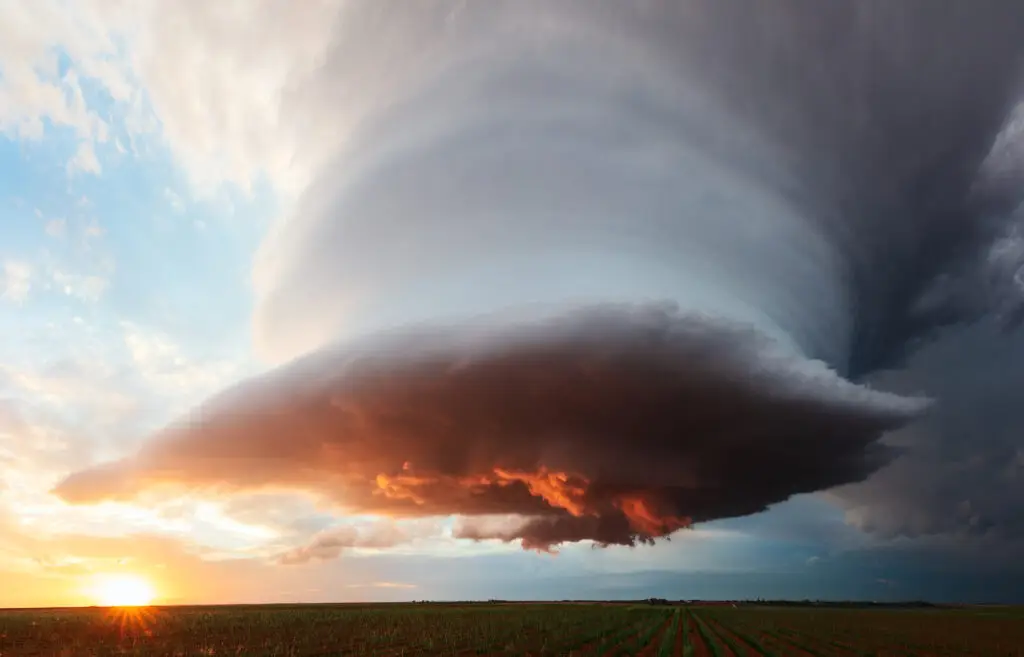
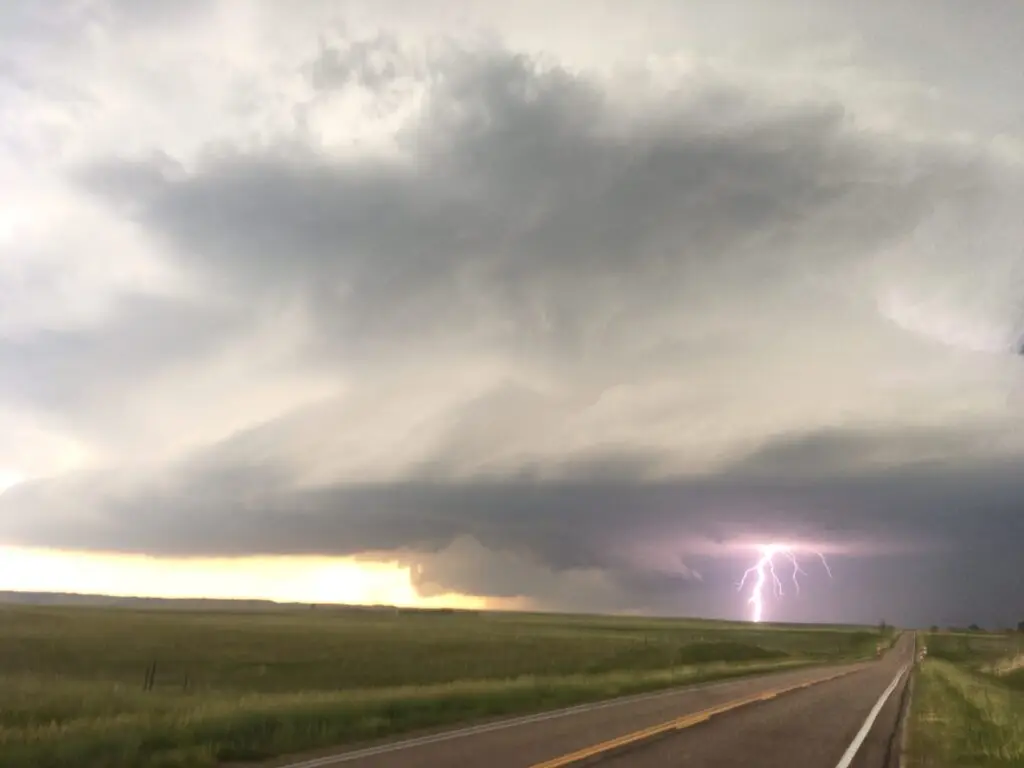
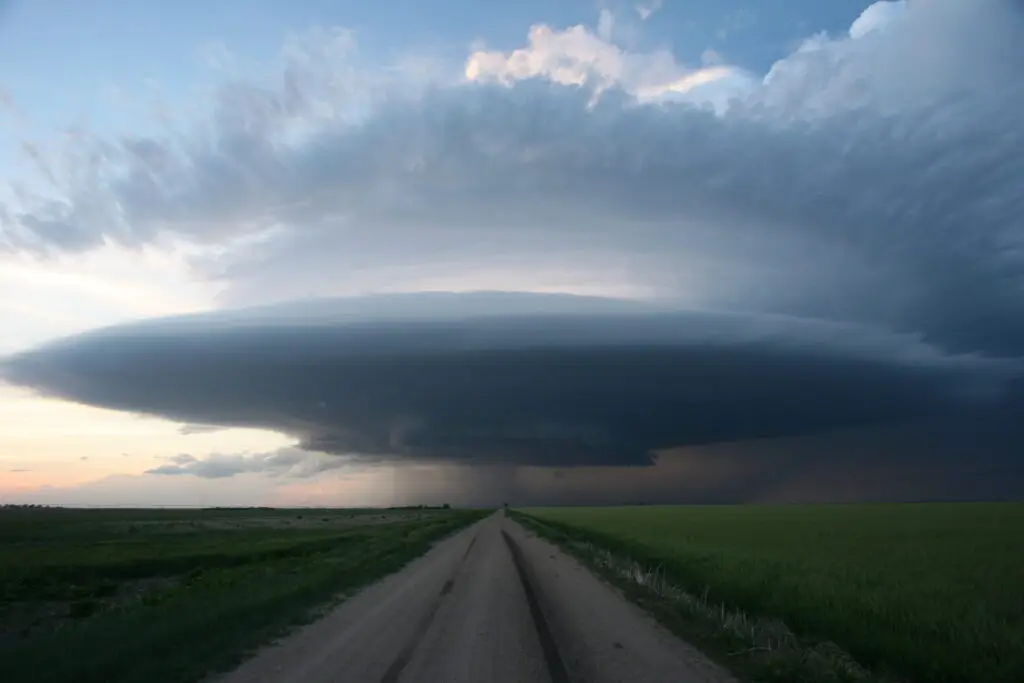
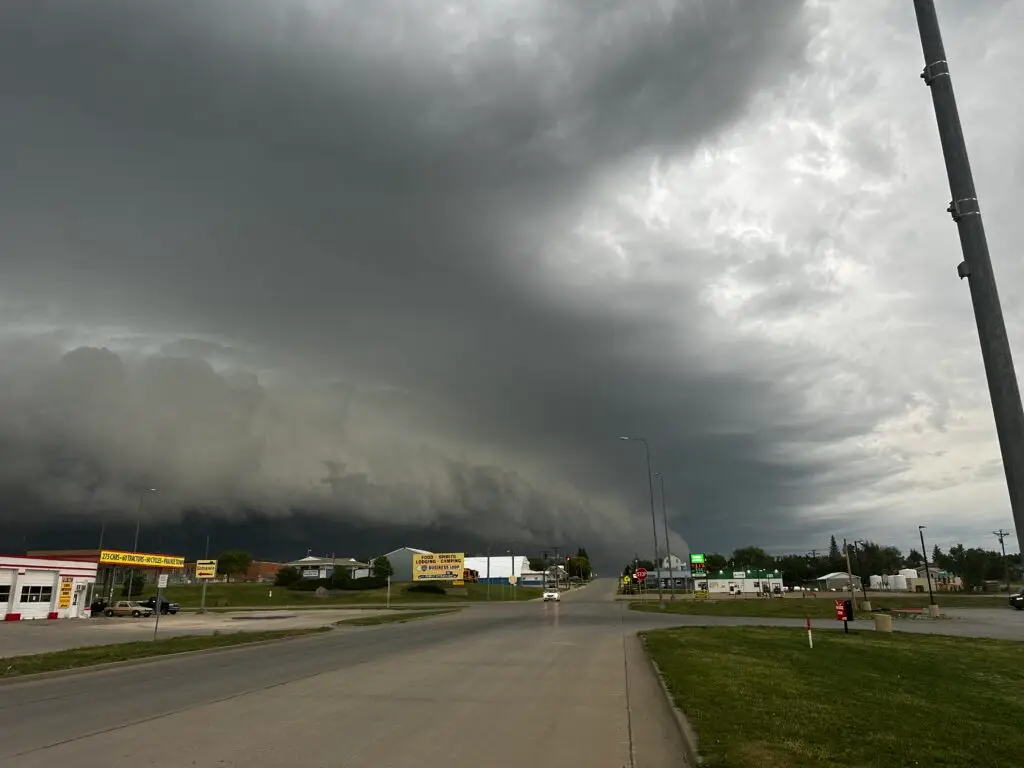
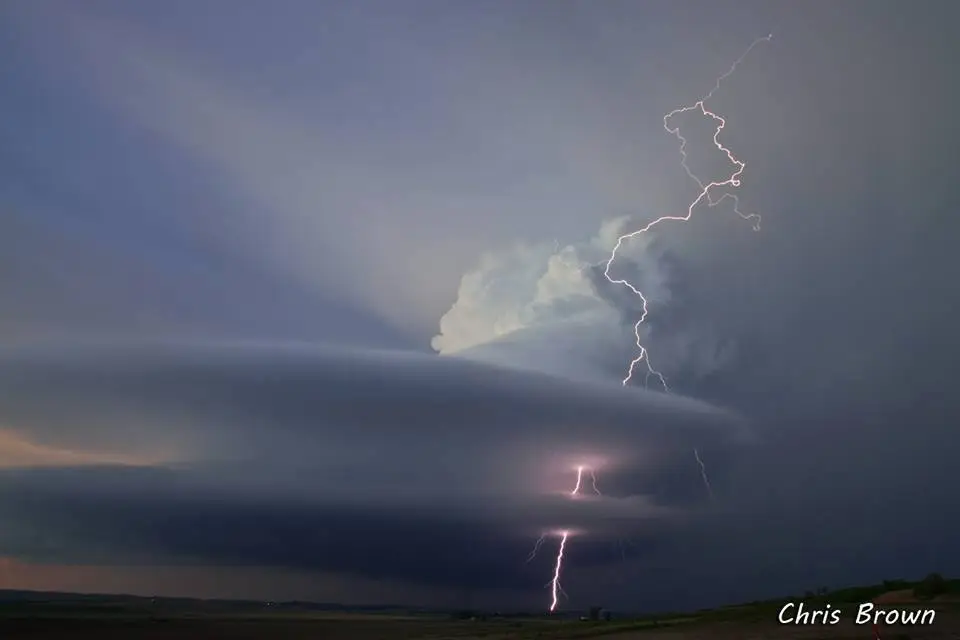
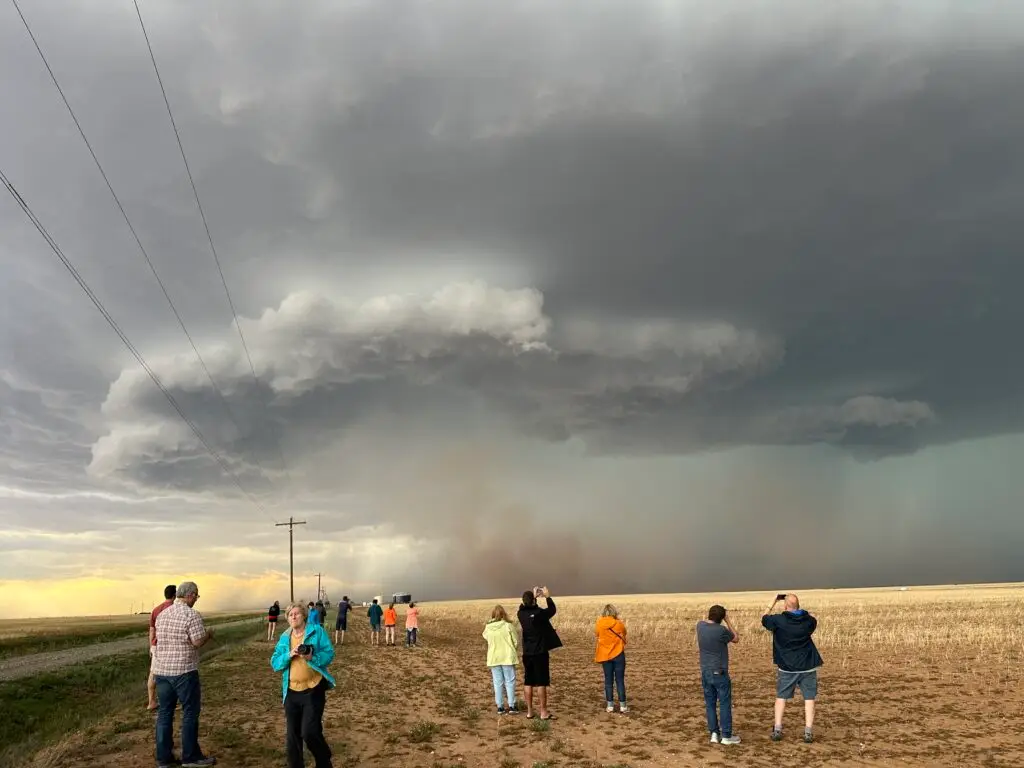
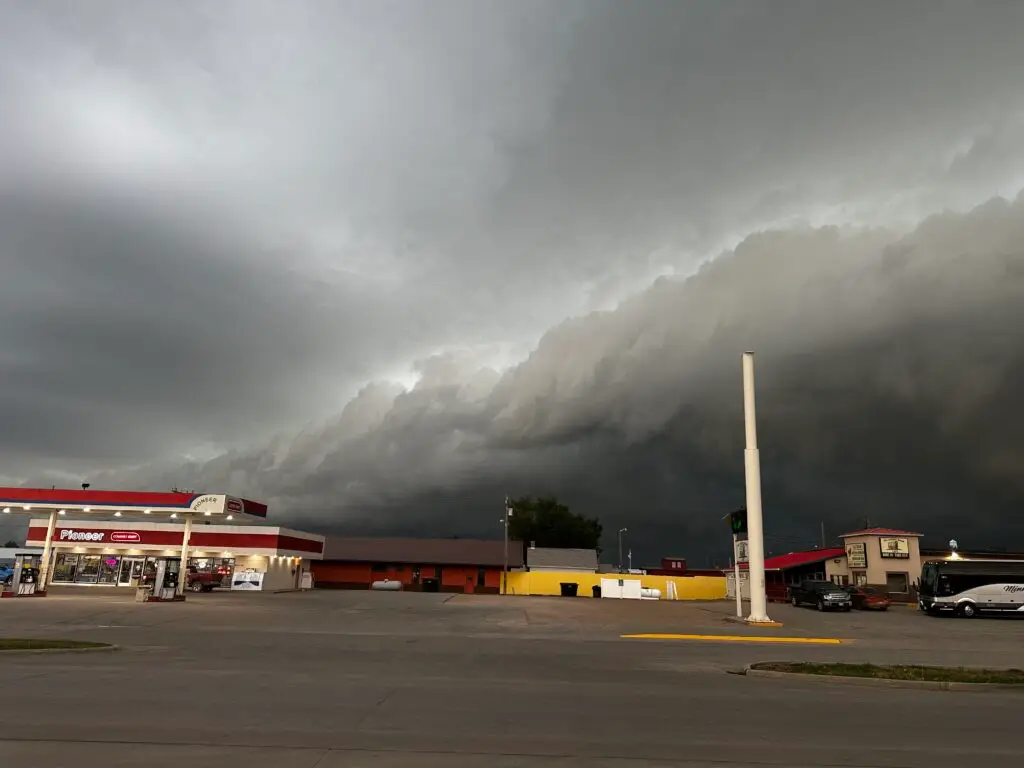
Night: Reflection and Preparation
Before heading to bed, there’s often a debriefing session where the guides review the day’s successes and challenges. They may also provide a preview of the next day’s plans based on the latest weather data.
Storm chasing is as much about preparation and strategy as it is about adventure. Reflecting on the day’s experiences and preparing for the next day’s chase ensures that you’re always ready for the unpredictable nature of storm chasing.
Conclusion
A day in the life of a storm chaser is an exhilarating blend of excitement, education, and adventure. From the early morning briefings to the awe-inspiring moments of observing severe weather, every aspect of a storm chasing tour is designed to offer a unique and unforgettable experience. With expert guides, advanced technology, and a passion for extreme weather, your storm chasing adventure promises to be a thrilling journey into the heart of nature’s most powerful storms.
FAQs
What does a typical day look like on a storm chasing tour?
Your day begins early with a weather briefing from expert guides and meteorologists. After outlining the chase route, you’ll hit the road in specially equipped vehicles, traveling across Tornado Alley. As storms build, you’ll observe severe weather like supercells, lightning, and possibly tornadoes. After the chase, the team returns to comfortable lodging to rest and prepare for the next day.
How do storm chasers track tornadoes during the tour?
You’ll see our team use advanced tools like Doppler radar, satellite imagery, and mobile storm tracking systems to monitor atmospheric conditions in real-time. Constant communication with meteorologists helps pinpoint storm locations and adjust routes quickly for the best and safest viewing opportunities.
How long do storm chasing tours last each day?
Each day typically lasts 8 to 12 hours, depending on storm activity and travel distance. Some days may include long drives to reach target areas, while others offer more time observing and photographing storms. Flexibility is key, as weather conditions can shift quickly.
What kind of weather conditions can we expect during a storm chasing tour?
Expect to encounter dramatic and rapidly changing conditions, sunny skies in the morning, towering storm clouds by afternoon, and possibly hail, lightning, or tornadoes. Safety is our top priority, so we chase storms from a secure distance and avoid dangerous scenarios.
How does the team prepare for each storm chasing day?
Each morning starts with an in-depth weather analysis, reviewing forecast models, radar data, and storm outlooks. The team chooses chase targets based on this data and maps out a safe, strategic route. Guests receive a full briefing on the plan, safety procedures, and what to expect before heading out.







